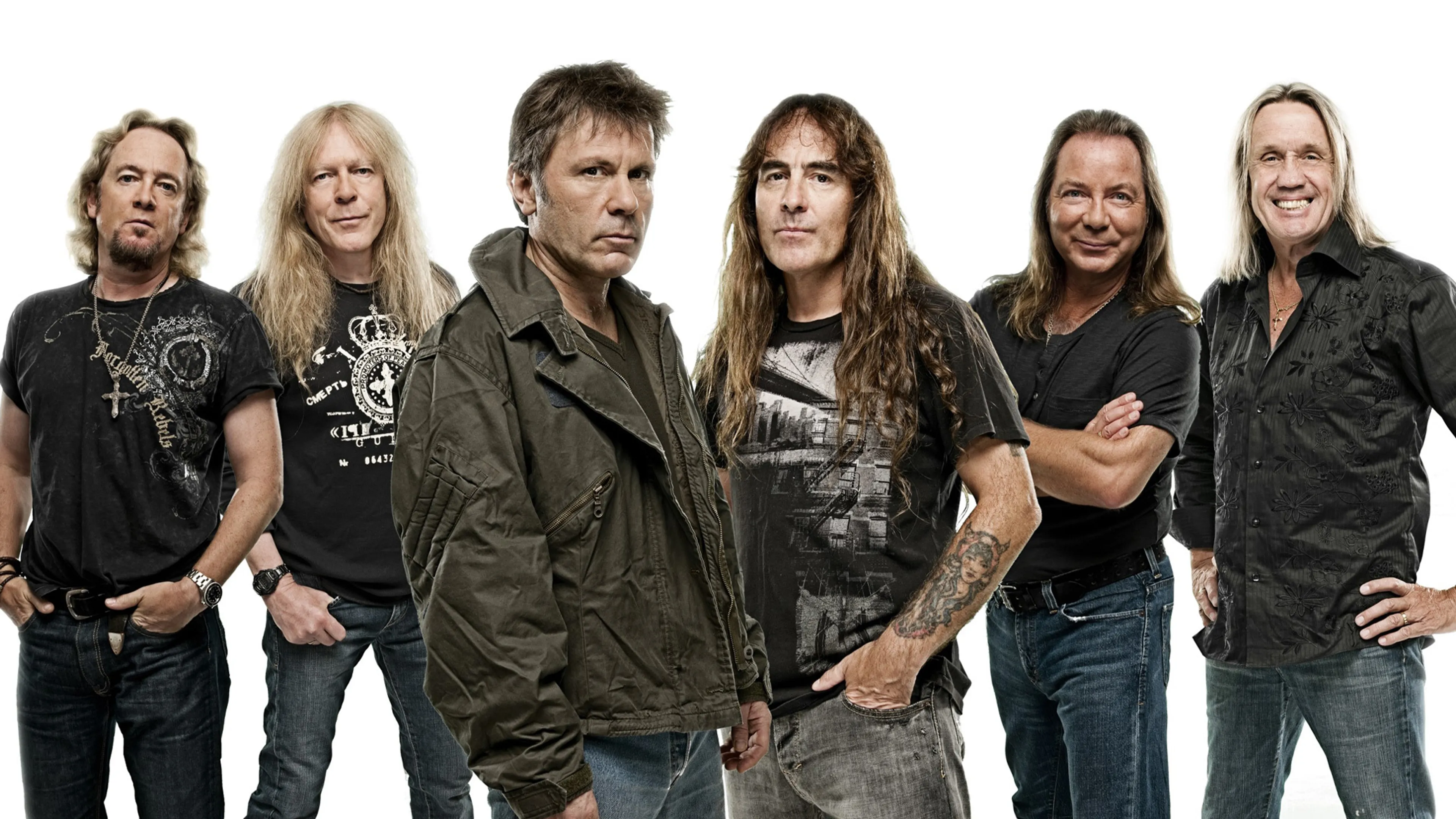Where Eagles Dare was an 1968 action film directed by Brian G. Hutton and starred Richard Burton, Clint Eastwood and Mary Ure. When U.S. soldier George Carnaby (played by Robert Beatty) is captured the the German army and held captive in a mountain fortress in the Alps, British Major John Smith (Burton) and U.S. Lieutenant Morris Schaffer (Clint Eastwood) lead a group of soldiers on a daring parachute raid to rescue him.
The compelling story caught the attention of Steve, who composed the first track for Iron Maiden’s 1983 album Piece Of Mind. Opening with some tasty stick work courtesy of Nicko McBrain – his first appearance on a Maiden album, following the departure of drummer Clive Burr – vocalist Bruce Dickinson recounts the Allies’ derring-do over a barrelling riff: ‘Bavarian alps that lay all around they seem to stare from below, the enemy lines a long time passed are lying deep in the snow.’ Paying no mind to fans who may not have seen the film, Bruce delivers a spoiler at the song’s climax. Which is nice. That’s said, an album highlight.
